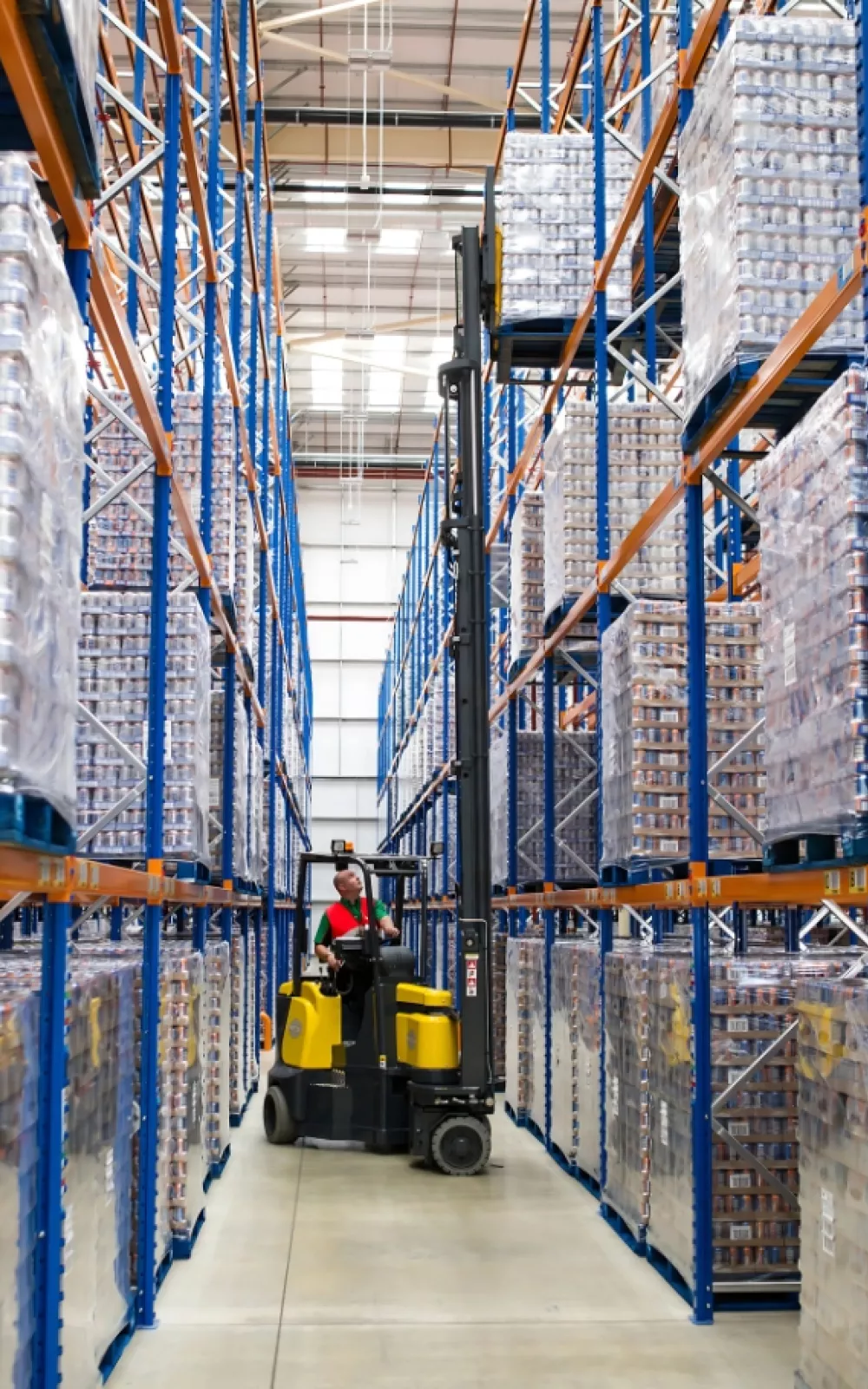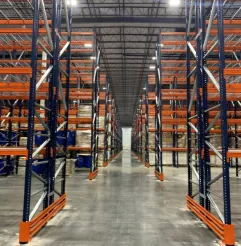Rent
ProLift offers daily, weekly, and monthly rentals. Find the right equipment for maximum productivity and safety.
ProLift offers daily, weekly, and monthly rentals. Find the right equipment for maximum productivity and safety.
Used forklifts with warranties and a 30-day exchange guarantee, plus as is and wholesale equipment options.
Explore leasing, ownership, and rental purchase options for equipment and other warehouse solutions.
Reimagine your warehouse and increase your storage capacity! CAD drawings included.
Reimagine your warehouse and increase your storage capacity! Submit your request for quote and a warehouse solutions consultant will reach out to schedule a site visit.

Minimize downtime when you schedule our mobile tire truck for on-site tire pressing.
Minimize downtime when you schedule our mobile tire truck for on-site tire pressing. Our parts team will reach out soon!

Keep your equipment on a maintenance schedule to stay ahead of needed parts and service.
ProLift offers four maintenance programs to fit your productivity and budget. Schedule a site survey and quote with a sales consultant.

Let us know how we can assist you! A ProLift specialist will connect with you to help with your material handling needs.

Let us know how we can assist you! A ProLift specialist will connect with you to help with your material handling needs.

Learn how to accurately determine pallet rack capacities and prevent overloading in your warehouse. This overview covers the key factors influencing capacity, such as beam spacing, upright structure, and load distribution, ensuring safe and efficient storage.

The primary purpose of warehouse pallet racking is to keep product off the ground, secure and easily accessible. However, we also rely on it to be durable because of its close proximity to warehouse employees and pedestrians. The pallet racking must be strategically selected and properly installed so that it isn’t vulnerable to collapse.
Vertical beam spacing is crucial for determining the capacity of upright frames but is often overlooked. Typically set at 48", this measurement can vary based on the load, but spacing over 48" will decrease the frame's capacity. It's essential to follow manufacturer guidelines, as exceeding recommended spacing can lead to racking collapse. Uprights also differ in structure, typically 3" wide, but attention should be given to the column depth and steel gauge for proper load support.
As a beam’s length increases, its capacity to store product decreases. Beam capacity is calculated as a pair; therefore, capacity accuracy requires the beams to be identical. Beam dimension will vary and should also be considered in the calculations.
o determine the total capacity of an upright, additional specifications such as the weight of beams, decking, and accessories must be considered. The overall capacity remains the same regardless of the number of levels, meaning as the racking height increases, the storage capacity per level decreases. It's essential to consult with a pallet racking professional rather than estimating, to ensure safety and accuracy.
To avoid overloading pallet racking, it's important to account for the load's weight, including the weight of the pallet itself. For stability, distribute pallets evenly across the racking, and place the heaviest loads closest to the floor to ensure the structure remains balanced and secure.
Our warehouse solutions consultants can answer your questions and address pallet racking stability and safety issues. Contact ProLift for a complimentary, onsite visit.

Your partnership with ProLift begins before product is purchased. Our warehouse consultants integrate material handling systems, physical space, and the flow of material to create a streamlined, efficient process.
Whether you're planning a warehouse project or need expert advice on the best solution, our sales consultants are here to provide the information and guidance you need.

Let us know how we can assist you! A ProLift specialist will connect with you to help with your material handling needs.
